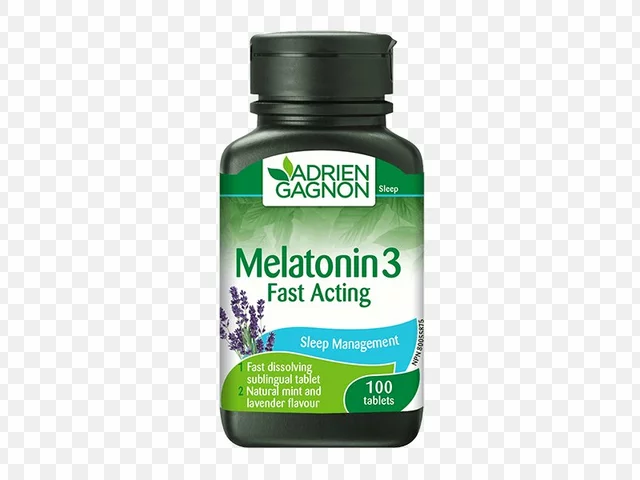Oxygen Therapy for Pulmonary Arterial Hypertension: How It Helps & When to Use
September 25 2025Fungal Infection: Common Types, Treatments, and What Really Works
When your skin itches, your nails thicken, or you get recurring vaginal discomfort, it might not be a bug or allergy—it could be a fungal infection, a condition caused by microscopic fungi that thrive in warm, moist areas of the body. Also known as mycosis, it’s one of the most common health issues worldwide, affecting millions even when they’re otherwise healthy.
Fungal infections come in many forms. athlete’s foot, a type of fungal infection that affects the skin between the toes and spreads to the soles is often picked up in gyms or locker rooms. yeast infection, typically caused by Candida overgrowth in the vagina or mouth is so common that most women will get at least one in their lifetime. And then there’s candida, a genus of yeast that can cause everything from oral thrush to systemic infections in people with weakened immune systems. These aren’t just annoying—they can become serious if ignored, especially in diabetics, pregnant women, or those on long-term antibiotics.
What you don’t see matters just as much as what you do. Fungi don’t respond to regular antibiotics. That’s why so many people keep treating a rash with steroid creams or antihistamines—only to watch it come back. Effective treatment needs antifungal agents, whether topical like clotrimazole or oral like fluconazole. And timing matters. A single dose might clear a yeast infection, but athlete’s foot often needs weeks of consistent treatment. Skipping doses or stopping early lets the fungus survive and return stronger.
Some treatments work better than others. Gyne-Lotrimin, for example, is an imidazole-based antifungal that’s been used for decades to treat vaginal yeast infections. But it’s not the only option—other antifungals like terbinafine or nystatin may be better for stubborn cases or different body areas. And while natural remedies like tea tree oil or coconut oil get buzz, the science is thin. For most people, FDA-approved antifungals are still the most reliable path.
It’s also easy to confuse fungal infections with other conditions. A red, scaly patch could be psoriasis. Persistent itching might be eczema. That’s why tracking symptoms—when they started, what makes them better or worse, whether they spread—is key. Sometimes, what feels like a fungal infection is actually a reaction to medication, or even a side effect of something like corticosteroids. The line between disease and drug reaction isn’t always clear, and misdiagnosis leads to wasted time and worsening symptoms.
And here’s something most people don’t know: fungal infections can be linked to other medications. Antibiotics wipe out good bacteria that keep fungi in check. Steroids suppress the immune system. Even some blood pressure drugs and diabetes meds can increase your risk. If you’ve been on long-term medication and suddenly get recurring fungal issues, it’s worth talking to your doctor about possible connections.
Below, you’ll find real, practical guides based on actual patient experiences and clinical evidence. You’ll see how Gyne-Lotrimin stacks up against other antifungals, what to do when treatments fail, and how to avoid common mistakes that let infections come back. No fluff. No hype. Just what works—and what doesn’t—when you’re dealing with a stubborn fungal infection.
Voriconazole for Candida Infections: Dosage, Side Effects, and When It’s Used
Voriconazole is a powerful antifungal used for serious Candida infections that don't respond to standard treatments. Learn how it works, when it's prescribed, common side effects, and what to expect during treatment.
Read More...




